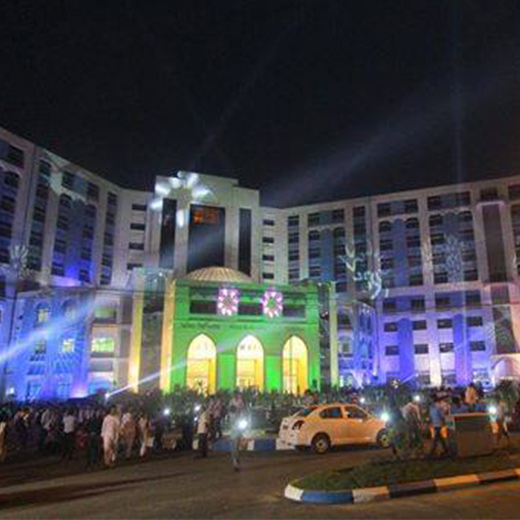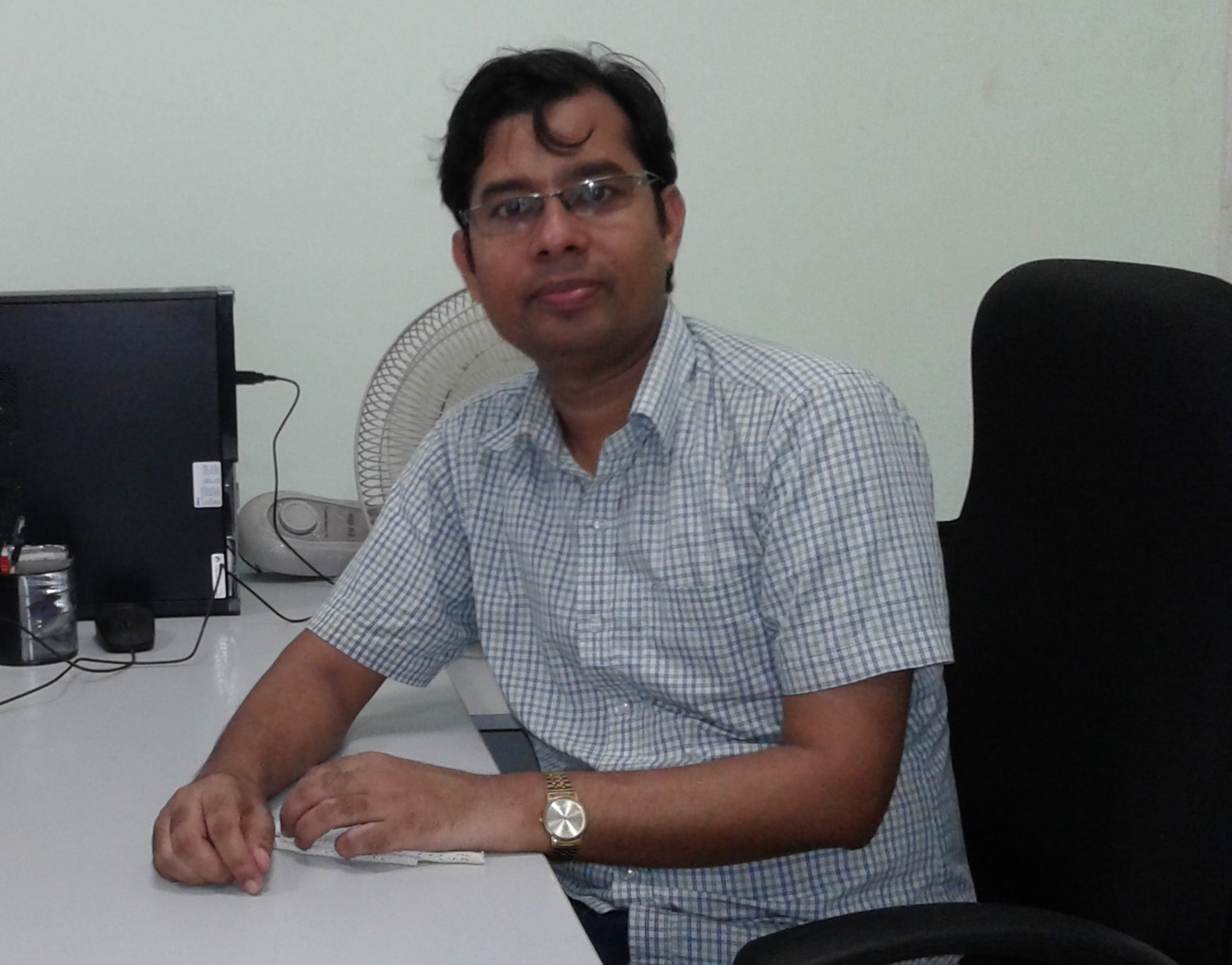


Email : brahaman.phys@aliah.ac.in
Address : Department of Physics, Aliah University, Newtown, Kolkata Email:badiur.rahaman@gmail.com
Phone : +91-33 23416525
Room No : 2nd Floor
Joined : October 2009
Email:badiur.rahaman@gmail.com; brahaman.phys@aliah.ac.in
Telephone: +91-33 23416525
Address: Department of Physics, Aliah University, Newtown, Kolkata-700156
Ph.D.
Thesis title: Electronic & Magnetic Properties of Quantum Spin Systems
Guide Name: Dr. Tanusri Saha-Dasgupta,
Institute/Organization/University: Jadavpur University
Place of Research: S.N. Bose National Centre for Basic Sciences, Saltlake, Kolkata
Date of Registration: 20.11.2006
Year of Award: 8th April 2009
M.Sc. (Physics), 2001
Precidency College, Calcutta University
B.Sc. (Physics Hons.), 1999
Jangipur College, Calcutta University
Condensed Matter and Complex Systems
DFT based Computational Physics
Physical Optics
Acoustics
Solid State Physics
Mathematical Physics
Laboratory
First Principles Calculations of the Electronic Structure:
Novel materials are a key to new technologies. Increasingly, technologies are becoming materials limited, so far new industries to develop, it is essential to discover materials with improved properties. Considering the advances in computational methods and computer hardware over the last few years, it is not surprising that modeling is playing an ever increasing role in the search for new materials. Material-specific theory, especially computational theory, is being used to understand the properties of novel materials in microscopic terms, and the understanding thus gained has often proved essential for the optimization of the known and the search for new materials.
The electrical, magnetic and optical properties of materials are controlled by their composition and structure; the structure and also strength of materials are determined by the chemical bonding between the atoms. Hence, “the chemistry controls the physical properties”.
At the root of all of these properties are the electrons: Valence electrons are responsible for the chemical bonding, conduction electrons for the electrical properties and both types of electrons are responsible for the magnetic and optical properties. The valence electrons can be described quite accurately without the use of adjustable parameters, that is ab initio, by an effective one-electron Schrodinger equation derived from a so-called local density approximation (LDA) to the density-functional formalism (Khon-Sham equation). Also the conduction electrons can be described by such a one-electron Schrodinger equation, although for nearly localized d or f-electrons the LDA is merely a first, rough approximation.
Specific area of work:
First principle electronic structure calculation of Complex Materials
Microscopic investigation of Strongly Correlated Systems
Electronic and magnetic properties of Low Dimensional Quantum Spin Systems
Research experience from 2003
Teaching experience from 2009
Short-Range and Long-Range Order in AFM–FM Exchange Coupled Compound LiCu2(VO4)(OH)2, J. Phys. Chem. C 123, 29, 17933–17942 (2019).
Electronic and magnetic structure of Sr2Fe3S2O3: a 2-D AFM spin ladder system, IJIIP, 1, 1, 9-16 (2019).
Kaimujaman Molla 2019
Ongoing
2014
Asif Iqbal
2015
Akibul Islam
2016
Saini Firdous
2017
Abdul Matin
Bidisha Hossain
Javed Akhtar
Salauddin Biswas
2018
Khairul Alam Sarkar
2019
Samima Sultana
Nasima Sultana
Sahanaj Khatun
Ummatun Aziz
Title: Electronic and Magnetic properties of low dimensional strongly correlated systems
Funding Agency: DST (Govt. of West Bengal)
Period: 2019-2022
Indo-Russian joint project
Title: Topological phase transitions in quasi-two-dimensional magnets
Funding Agency: DST (Govt. of India)